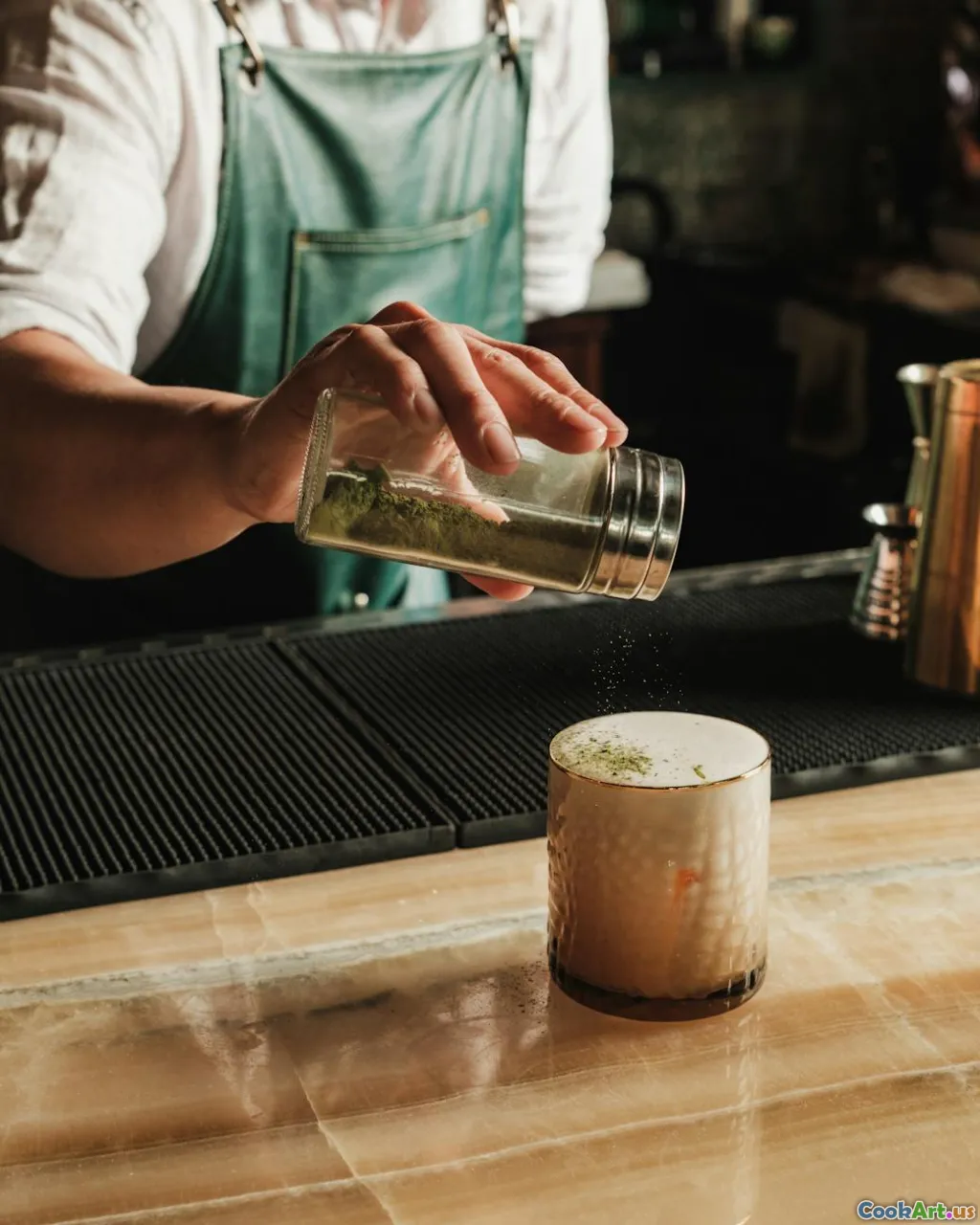History of Spices in Beverage Crafting
6 min read Discover the rich history and significance of spices in crafting beverages, from ancient traditions to modern mixology. April 05, 2025 15:45
History of Spices in Beverage Crafting
The world of beverages has always been a tapestry woven with flavors, aromas, and textures. Among the myriad ingredients that elevate drinks from mundane to extraordinary, spices hold a particularly esteemed place. This article delves into the fascinating history of spices in beverage crafting, exploring their origins, cultural significance, and the way they have shaped the art of mixology.
The Ancient Origins of Spices
Spices have been used since antiquity in culinary practices, with records dating back to the Egyptians, who utilized spices like cinnamon and coriander in their rituals and food preservation. As civilizations flourished, the trade routes established by explorers and merchants brought spices from the East to the West. This exchange not only influenced cuisine but also the beverages crafted in different cultures.
The Spice Trade and Its Impact
The spice trade was a lucrative enterprise, involving the exchange of valuable spices like pepper, nutmeg, and cardamom. These spices were not merely culinary enhancements; they were often used for medicinal purposes and in rituals. For instance, the use of cloves in beverages was believed to ward off ailments, while ginger was prized for its warming properties. As these spices traveled across continents, they adapted to local palates, leading to the creation of unique beverages.
Spices in Historical Beverages
Ancient Fermented Drinks
In ancient times, fermented beverages were commonplace. The addition of spices helped to mask undesirable flavors and introduce complex profiles. For example, in Mesopotamia, brewers would add cumin and coriander to their beer to enhance its flavor and aroma. Similarly, the use of spices in mead and apple cider was documented in various cultures, showcasing the ingenuity of our ancestors in beverage crafting.
The Birth of Spiced Wines
During the Middle Ages, spiced wines became a symbol of luxury and sophistication. The practice of adding spices to wine dates back to Roman times, where they would infuse their wines with ingredients such as cinnamon, anise, and even pepper. This tradition continued through the Renaissance, where spiced wines like Hippocras were served at banquets, symbolizing wealth and status.
The Evolution of Cocktails
The Spice Renaissance
As the cocktail culture emerged in the 19th century, bartenders began to experiment with spices, integrating them into the burgeoning world of mixed drinks. The Old Fashioned, for instance, often features the warming notes of bitters—a blend of various spices and herbs—highlighting the continued importance of spice in cocktail crafting.
Modern Mixology and Creative Infusions
Today, the world of mixology has embraced a wide spectrum of spices, transforming classic drinks and inspiring new creations. Bartenders are now frequently incorporating spices such as smoked paprika, saffron, and even chili peppers into their cocktails. The rise of craft cocktails has led to a resurgence in the use of whole spices and homemade syrups, which allow for greater control over flavor and presentation.
Spices Around the World
Global Influences
Different cultures have their own unique approaches to spices in beverages. In India, chai tea is an iconic example, blending spices like cardamom, ginger, and cloves with black tea. In Mexico, the use of cinnamon in hot chocolate has deep cultural roots, while in the Middle East, spices are key ingredients in traditional coffees like Turkish coffee, flavored with cardamom and other spices.
The Future of Spices in Beverages
As the craft beverage movement continues to grow, the role of spices is likely to expand further. Bartenders and beverage creators are increasingly seeking innovative ways to incorporate spices, not only to enhance flavor but also to tell a story and evoke emotions. The future may see a rise in plant-based and health-conscious beverages that use spices for their medicinal qualities.
Conclusion
The history of spices in beverage crafting is rich and diverse, reflecting the evolution of cultures and culinary practices across the globe. As we continue to explore and experiment with these aromatic treasures, spices will undoubtedly remain a central element in the art of crafting exceptional beverages. Whether in a classic cocktail or a modern mocktail, the legacy of spices will continue to inspire creativity and flavor for generations to come.









